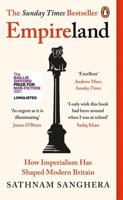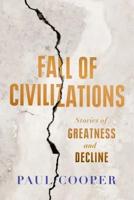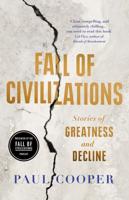Publisher's Synopsis
Where did the Serpent Mound come from? Did it come from a highly evolved ancient civilization, almost unknown to history? -Learn about the story in this Book 1 of 3 parts to the entire story of an adaption of The Camp of Gods Tears. -The people of this ancient civilization thrived in North America for centuries long before the coming of Europeans. -they believed in the oneness of God or the oneness principle -they wore exotic clothes made from fine textiles -they had strongly built homes, villages, and expansive farms -their social organization was powerful yet simple, a few shaman, elders, and no real leaders. This story is adapted from (The Camp of God's Tears) is a tragic tale about this civilization and how it ended. This story is grounded in fact according to archeological, genetic, and linguistic data as reflected in the Afterward which presents supportive information and a bibliography of nearly 400 sources from (The Camp of Gods Tears). This saga is told as a narrative by Gray Wolf who begins his story during his late adolescence and follows through six generations until he becomes a great-grandfather.The book reveals the high level of sophistication of this culture which was far more advanced than many cultures of the same time period, circa 300 AD. More importantly, it articulates the depth of their spirituality and moral codes by which these people lived. While the mysterious ending of a great culture is heart-rendering, the story ends on a note of hope for contemporary times. The author relates the story as it came to her in a dream. It was told to me by Falling Star. She intrigued me with their immense earthworks which demonstrate accurate astronomical alignments to the Sun, Moon, stars, and galaxies. The organization of labor, engineering skills, mathematical and astronomical knowledge required to build these phenomenal earthworks amazes modern researchers. I asked Falling Star why she showed me all of this. She said her People wanted their story told and asked me if I would tell it. Of course, I said, and then I asked her why. She said her People were so deeply spiritual, so in tune and in touch with the Creator that they actively lived the principles of Oneness. Their ways demonstrated what being one and at one with the One . . . looked like in real life. She said the people of my time need to know these principles and to learn to live them, because humankind is struggling to regain balance in a troubled world.










